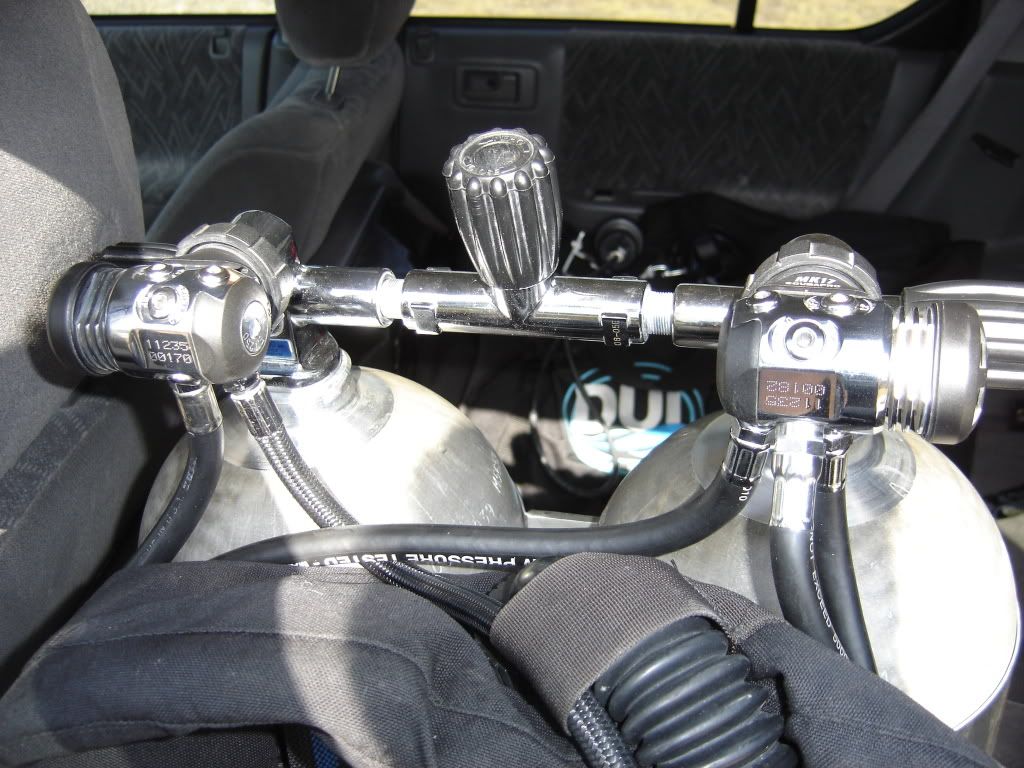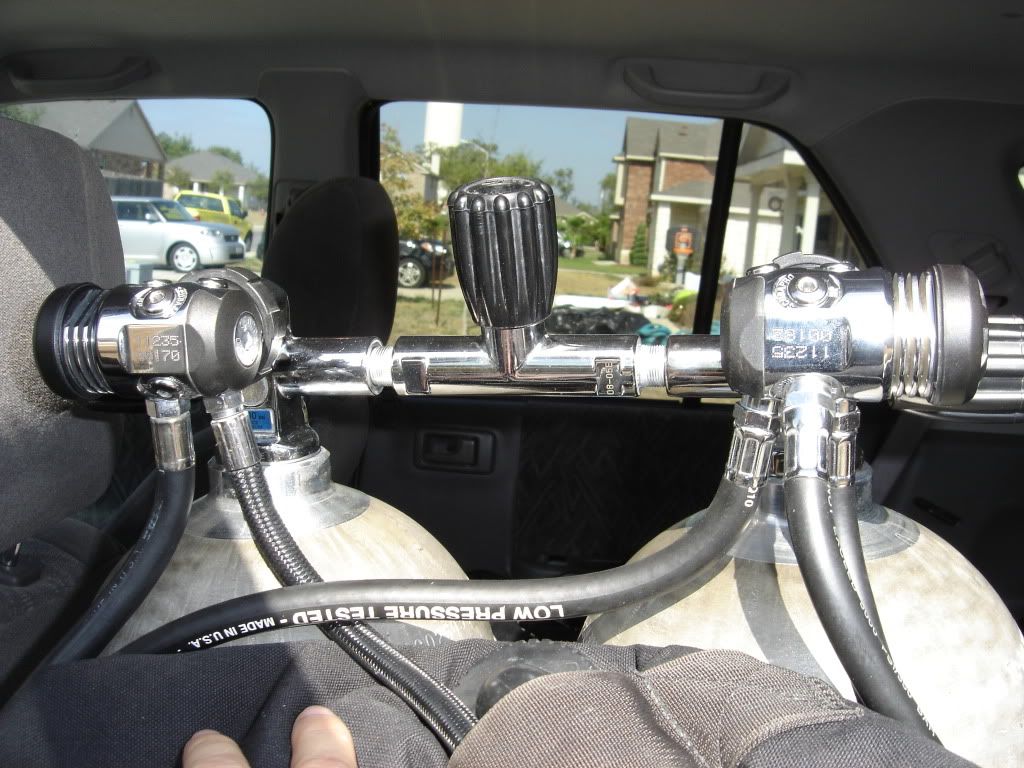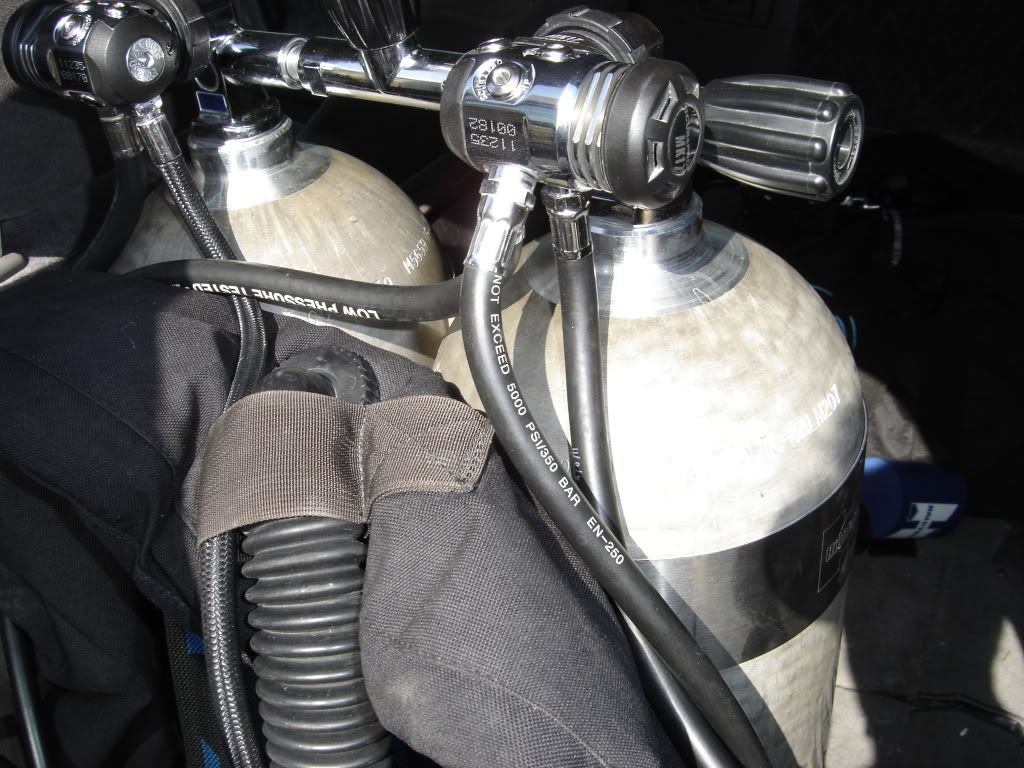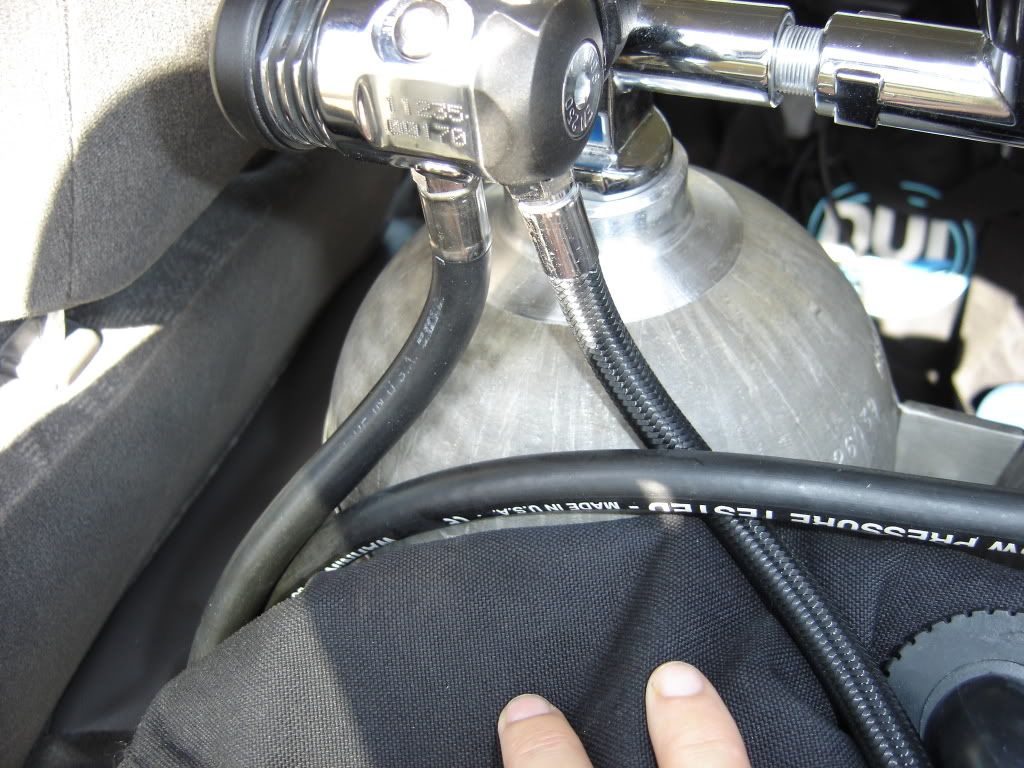is there any advantage of unbalanced 2nd on balanced 1st combination, as opposed to balanced 2nd & 1st?
There are pros and cons. An unbalanced second stage is perceived as being simpler and that is generally the case. However many of them are fairly low performance.
For example in the distant past Scubapro sold the 109 "Adjustable" second stage and it was unbalanced, and as the name suggests, had an inhalation adjustment knob. It was a high performance second stage in every sense of the word and was still not overly complex. The 108 "High Performance" second stage was an entry level second stage, using an even simpler downstream valve design - but it still offerred inhalation efforts that are hard to match today, and generally aren't in the "entry level" range.
When scubapro balanced the 109 to create the "Balanced Adjustable" it used a balanced poppet that theoretically performs better, but you'll only notice it on an unbalanced first stage. On a balanced first stage, I'd challenge anyone to tell the difference between the two.
The important thing is that all three second stages use the same diameter orifice and wer epowered by a full size diaphragm, and all three were built to very high standards of quality.
In some cases with an unbalanced design, there is a finite limit on the practical orifice size and that can limit performance by limiting flow rate. Also, in general, the working range on a standard downstream valve as used in the 108, R190, R390, etc. is potentially reduced and that again reduces flow rate.
A bigger issue with the less expensive unbalanced second stages (from any company) is that quality control os often less with more generous dimensional tolerances. That means you may get some that breathe very well and other that breathe only so-so.
The C200 and C300 use an approach to an unbalanced second stage that allows a full size orifice and also allows for a large working range for the valve, so flow rates are very good, and the design also appears to deliver very good inhalation efforts. ANd most inmportantly, the QA standards are very high (out of neccesity due to the lever design), so performance should be uniformly good.
Which is to say the answer to the advantages of balanced versus unbalanced seconds is "it depends".
So, now that I've decided I want a sealed 1st stage that can handle colder water, and considering all the options out there, warranty, parts for life programs, service intervals, etc, what's the best bang for the buck out there on a 1st stage?
Ideally, I'd like a high quality sealed first stage, diaphram, a 2 year service interval, and easy access to parts should I need it quickly. Can I get all of that? ScubaPro MK17 will have a 1yr service interval, which is the only downside, but it's kind of a bummer in that it's a time waster more than anything.
It sounds like the free parts program is for all practical purposes dead at the end of the year, so I would not factor that into the equation.
Nearly all regs with a 2 year service interval require an annual inspection and going the second year without a service depends entirley on condition of the reg after the first year. In that regard you can do the same with the Mk 17 and with no free parts program to worry about, the condition of the reg is all that matters. Consequently, if you get it flow tested after 1 year and/or know how to monitor the IP and detect emerging problems, a two year service interval is no big deal with any reg. The Scubapro balanced second stages all demonstrate adequate seat life to go two years with no real issues.
In fact, with Scubapro moving away from the free parts program, I see the largest casualty being annual regulator service as the customers will now have no real incentive to bring the reg in every year for service as opposed to every two years, at least with new regs or with regs where they have missed a year already and lost the free parts program eligibility. The big losers will be shops and the revenue they earn off service work. It will save scubapro money, but it will again screw the local dive shops/dealers.
------
I prefer the Mk 17 due to it's fully sealed performance and I do feel it is the best performing diaphragm reg available. But a diaphragm first stage from Apeks, Aqualung or Zeagle is also very good and if the Mk 17 were not available, I'd be diving something like the Aqualung Legend or the Apeks XTX200 and not feel too bad about it.
I have also been pleased with the Dive Rite 1205 and 1208 first stages and their recent balanced second stages and would not hesitate to use them as well. There are some clones out there, but in general I have not seem the same attention to detail in machining and finish so I won't recommend them even though they look generally similar.
In short, it is hard to go wrong with a quality balanced regulator package.
The exception here is the Sherwood SR1, which is overly complex and has a well deserved reputation for un reliability.







